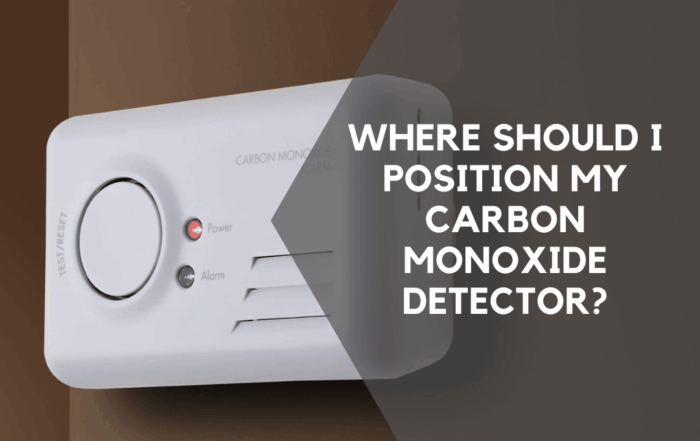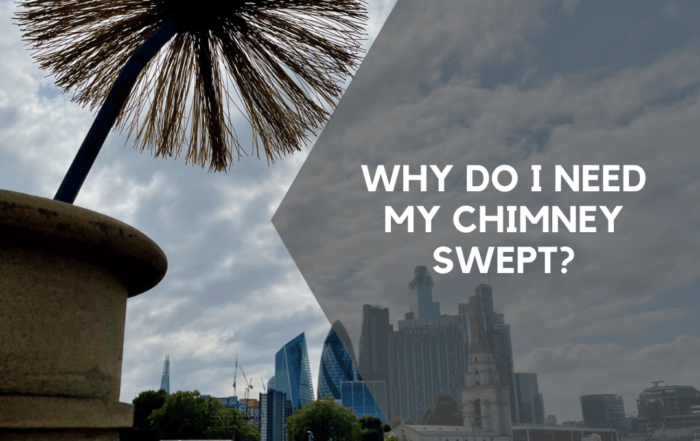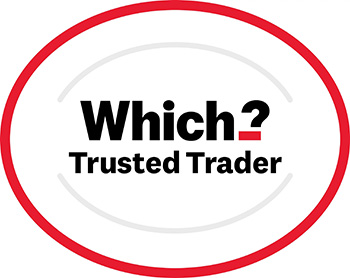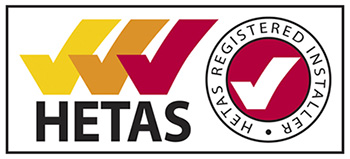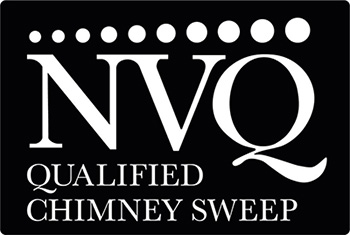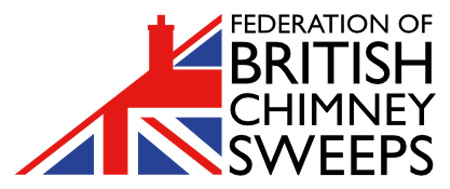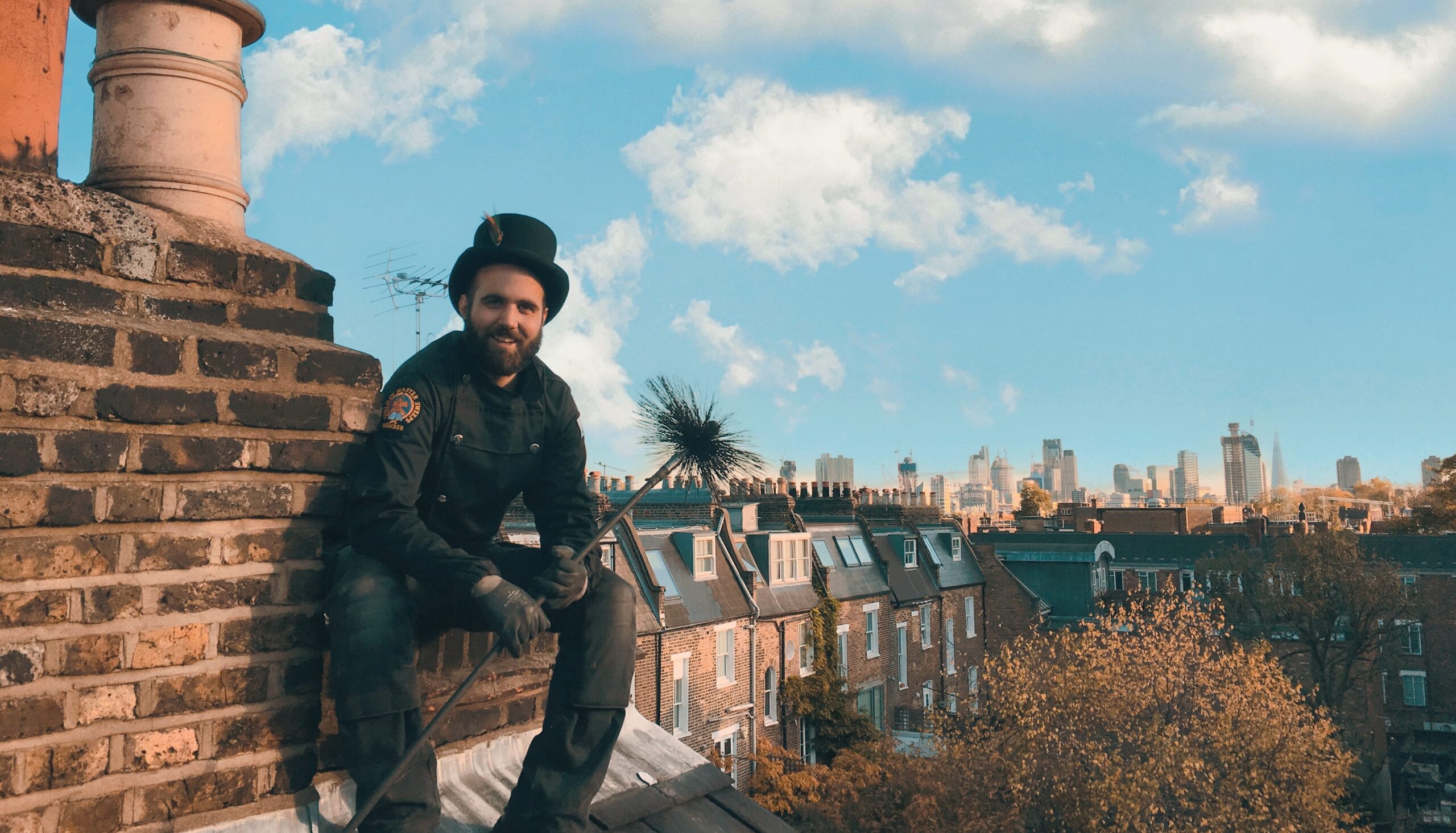Chimney Pots and Chimney Cowls Fitted in London
The correct chimney terminal is essential for your appliance/ chimney to work safely and efficiently. There are many types designed for different purposes. One of the most common faults is an incorrect terminal.
Chimney Pots
A chimney pot is an integral part of any masonry chimney system. Chimney pots have been used in Britain since at least the 13th Century. They are usually made of terracotta and sit on top of a chimney. Chimney pots can be round, square, octagonal, or rectangular but, in all cases, they are open at the bottom, where they attach to the chimney and open or vented at the top.
Purposes of Chimney Pots
- Increase the speed smoke rises by reducing the size of the outlet – warm air rises so this ‘bottleneck’ can create a jet-like effect.
- The reduction in the size of the opening reduces the entry of rain and downdrafts of air that can prevent the smoke from leaving the building.
- Openings in the pot – like louvres and grills – can promote cross-drafts at the top, which also serve to increase the flow of smoke up the chimney.
- Raise the height of a chimney – If the chimney terminates above adjacent buildings or roofs it will perform better. Sometimes the easiest way to raise the height can be to fit a tall pot.
A chimney pot should not be set directly on top of the brickwork but should be bedded into the top of the stack to ensure it has adequate stability in high winds.
Chimney Cowls
A chimney cowl is usually a metal object that is fitted to the chimney pot or flue with the fundamental purpose of improving the performance of the chimney flue.
The Main Reasons To Get Chimney Cowls Fitted
- The chimney is affected by ‘down-draught’; this is when air is being forced down the chimney, usually caused by wind flow.
- Birds nesting or entering the chimney flue – birds love nesting in chimneys and can return even if the nest has been removed.
- Rain entry – rain can cause damp issues or staining in the fireplace.
- Improve draught – the speed of which gasses are evacuated is vital. Some cowls are designed to improve the chimney draught.
- Cap a disused flue – if a fireplace is unused, it is a good idea to cap the top to stop heat loss and birds nesting or entering.
There is a huge selection of chimney pots and cowls, the type of appliance will dictate the type of terminal that can be used. It is important to identify the fuel type of the appliance; most terminals are only suitable for certain fuels.
A professional chimney sweep will be able to diagnose problems and advise any remedial work required to the chimney terminal. To make any changes will involve working at height and hugely affect the performance of the chimney flue, a competent person must undertake this type of work.
View our Blog
Where Should I Position My Carbon Monoxide Alarm?
Where Should I Position My Carbon Monoxide Alarm?: The Most Important Spot You’ve Probably Overlooked When it comes to safety around the fireplace, most people think about fireguards, swept chimneys, or ventilation – but [...]
Why Do I Need My Chimney Swept?
Why Do I Need My Chimney Swept? During the colder months, the allure of a crackling fireplace becomes irresistible. However, the warmth and ambience that a fireplace brings also come with responsibility – the maintenance [...]
Chimney Fires: What You Need to Know
As the weather gets colder and the cosy crackling of a fireplace becomes more inviting, it's important to be aware of the hidden dangers that can lurk in our chimneys. Chimney fires are more common [...]
We’re approved
By using us you can have the peace of mind you will receive an excellent standard of service

